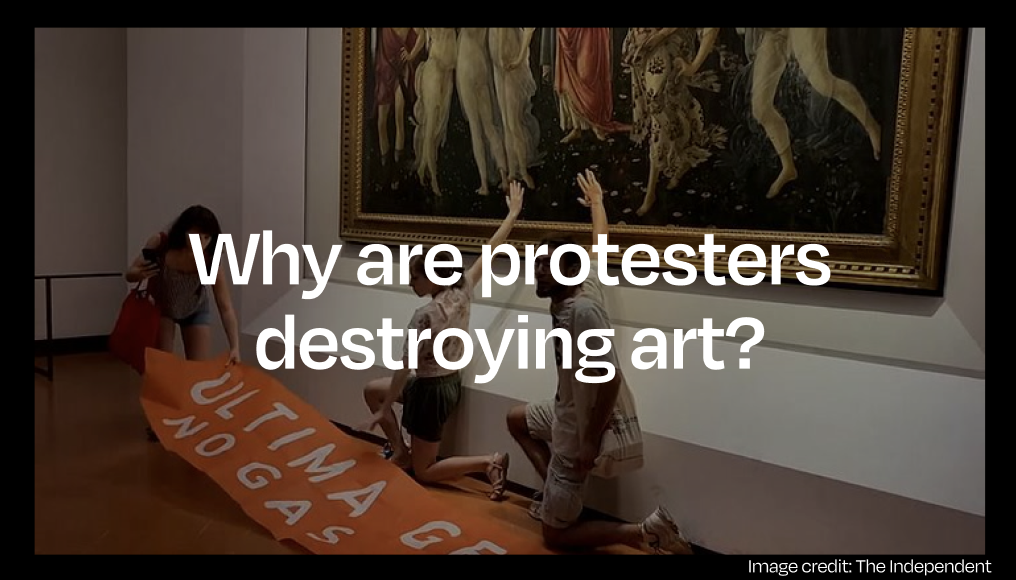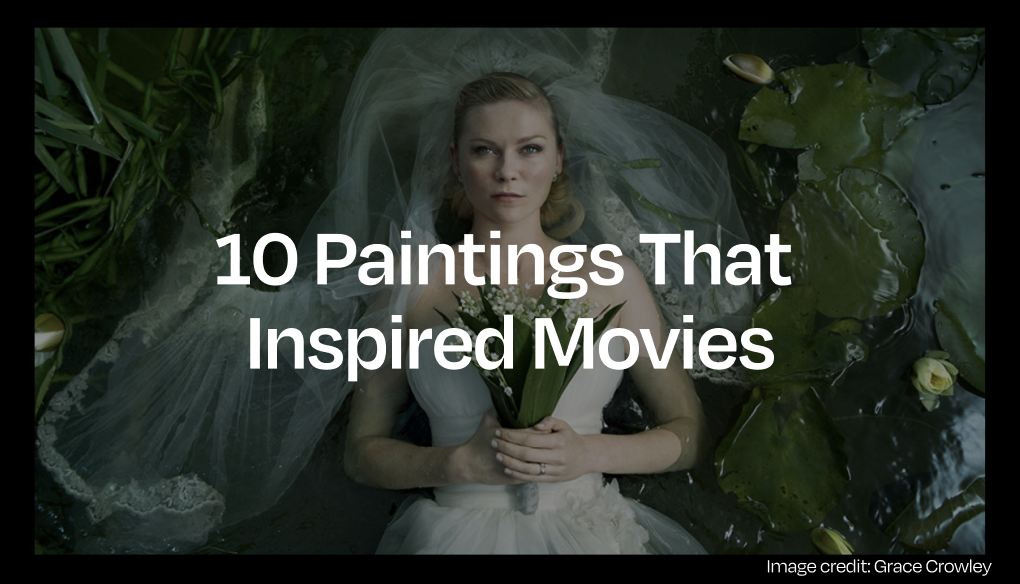
10 Paintings That Inspired Movies
There are so many great paintings that inspired movies. Art has always fascinated people. It grabs our attention with its colours, shapes, and stories. On the flip side, movies tell their own tales using movement and sound. When these two worlds collide, it’s like magic. Directors, who create movies, often look to famous artworks for inspiration.
1. Pan’s Labyrinth by Guillermo del Toro
Inspiration from: “Saturn Devouring His Son” by Francisco Goya
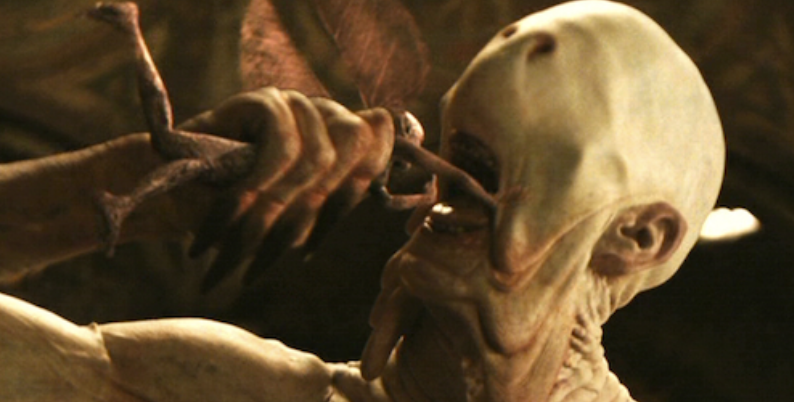
Pan’s Labyrinth shot Guillermo del Toro to international stardom. The dark fantasy flick unfolds the tale of Ofelia, a young Spanish girl who moves into her new stepfather’s less-than-welcoming house in Francoist Spain.
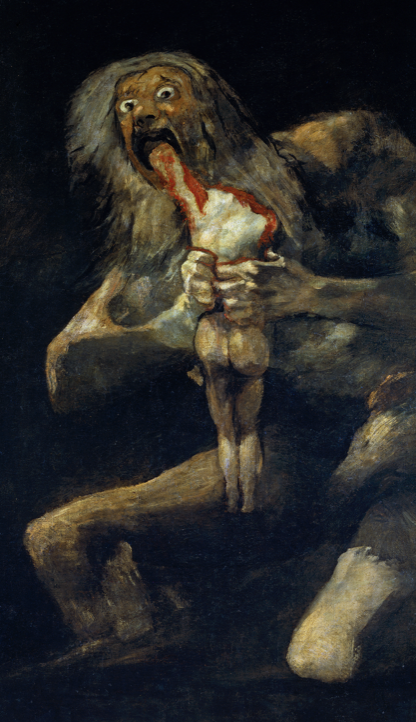
The movie’s a blend of real-life and fantasy, where you’ve got the everyday world mixing it up with a magical one, centred around this ancient labyrinth. Inside, Ofelia faces trials, and one of them is a creepy Pale Man. Viewers couldn’t help but create a connection between the labyrinths Pale Man and Francisco Goya’s “Saturn Devouring His Son.” Especially the part where he’s munching on fairy heads.
In “Saturn Devouring His Son,” you’re looking at a portrayal of Cronus, this Greek mythological figure who’s not exactly father of the year material. He got a little paranoid about being overthrown by his kids, so he made the questionable choice of gobbling them up at birth. Yikes!
Whilst it isn’t confirmed that this is one of many paintings that inspired movies, but its a safe guess.
2. Taxi Driver by Martin Scorsese
Inspiration from: “Nighthawks” by Edward Hopper
Edward Hopper’s “Nighthawks” is a classic piece of American art that’s all about capturing the feeling of being alone in the big city, especially at night. It shows a late-night diner with a few customers and the staff, all bathed in the glow of neon lights. You can practically feel the urban loneliness in the painting.
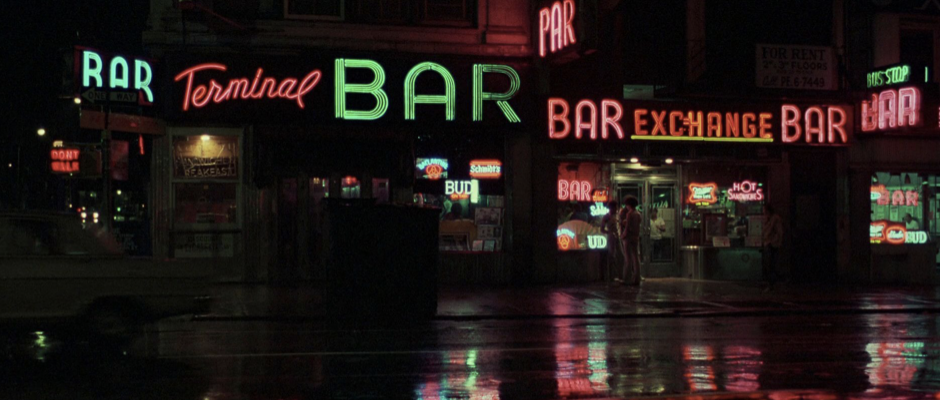
Martin Scorsese’s 1976 film “Taxi Driver” stars Robert De Niro as Travis Bickle, a Vietnam War vet who’s now a cab driver in New York City. “Taxi Driver” dives into the gritty side of the city and explores Travis’s inner turmoil.
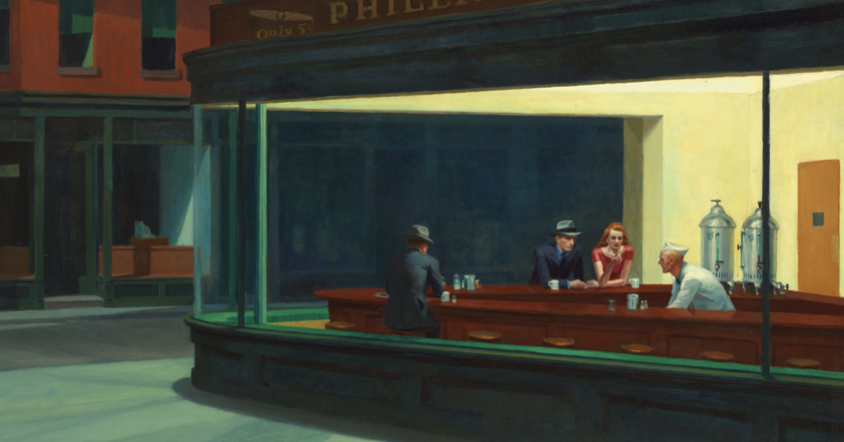
Scorsese used the mood and vibe of Hopper’s “Nighthawks” to give his film that same late-night, eerie, and lonely feeling. It’s like being in the middle of a crowded city but feeling completely disconnected. So, when you watch “Taxi Driver,” you’re not just getting a story; you’re also getting a dose of Hopper’s art, bringing that unique atmosphere to the big screen. It’s a perfect example of how a painting can inspire a whole movie’s look and feel.
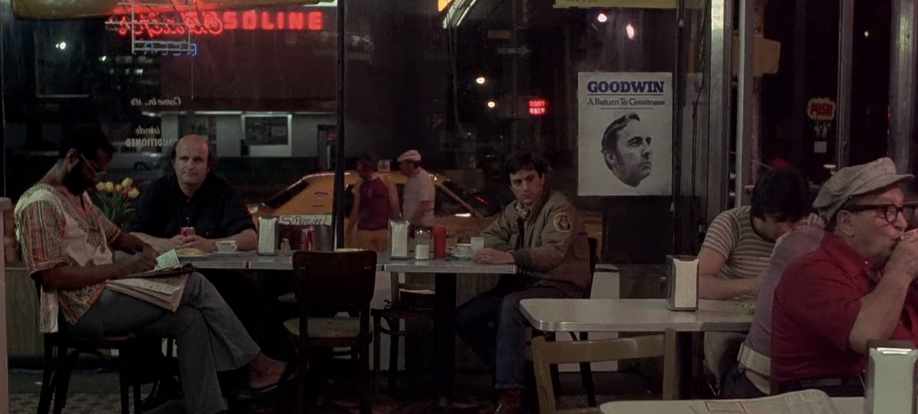
3. Django Unchained by Quentin Tarantino
Inspiration from: “The Blue Boy” by Thomas Gainsborough
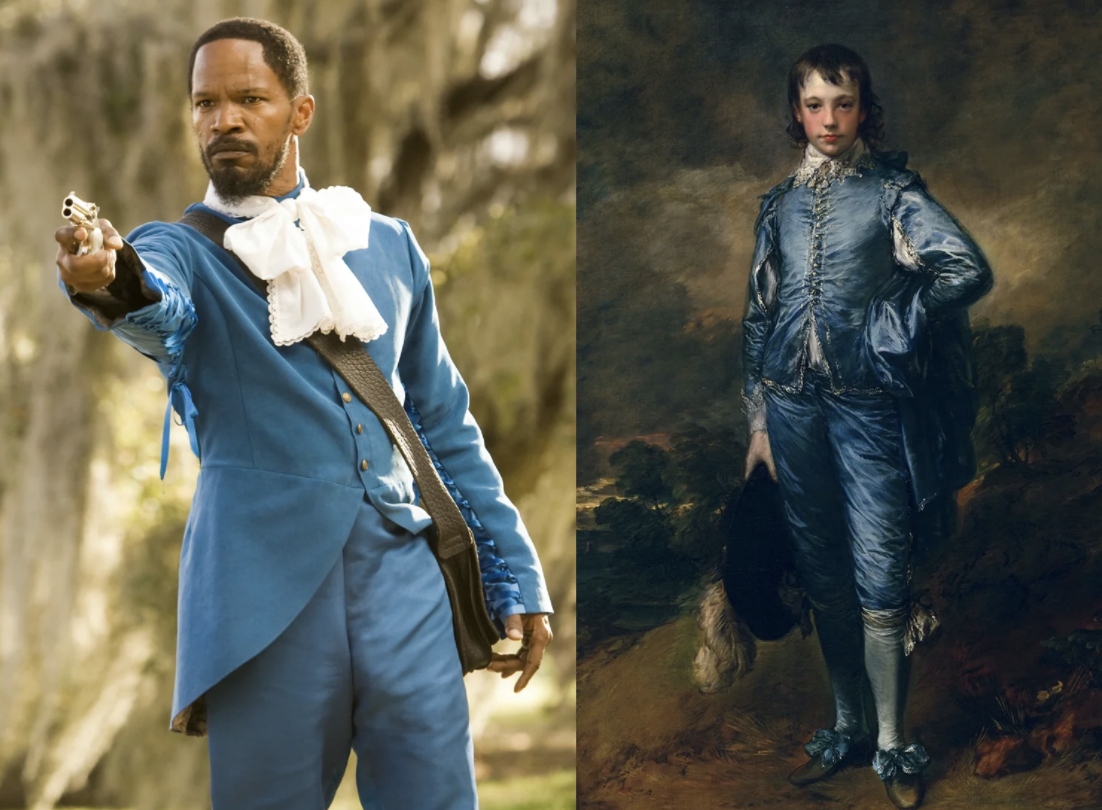
The famous painting, “The Blue Boy” by Thomas Gainsborough made its mark on the big screen in Quentin Tarantino’s “Django Unchained.” This film is Tarantino’s tribute to Italian “Spaghetti Westerns”, and it follows the journey of Django Freeman, played by Jamie Foxx, a former slave who teams up with Dr. King Schultz, a German bounty hunter portrayed by Christoph Waltz, to rescue his wife.
When Django goes from being a slave to a free man in the movie, his outfit starts to resemble the one worn by the subject in “The Blue Boy.” The identity of the boy in the painting is still up for debate. Besides being an artistic gem, it’s also a glimpse into the 18th-century aristocracy and how they rocked their fashion.
4. Shutter Island by Martin Scorsese
Inspiration from: “The Kiss” by Gustav Klimt
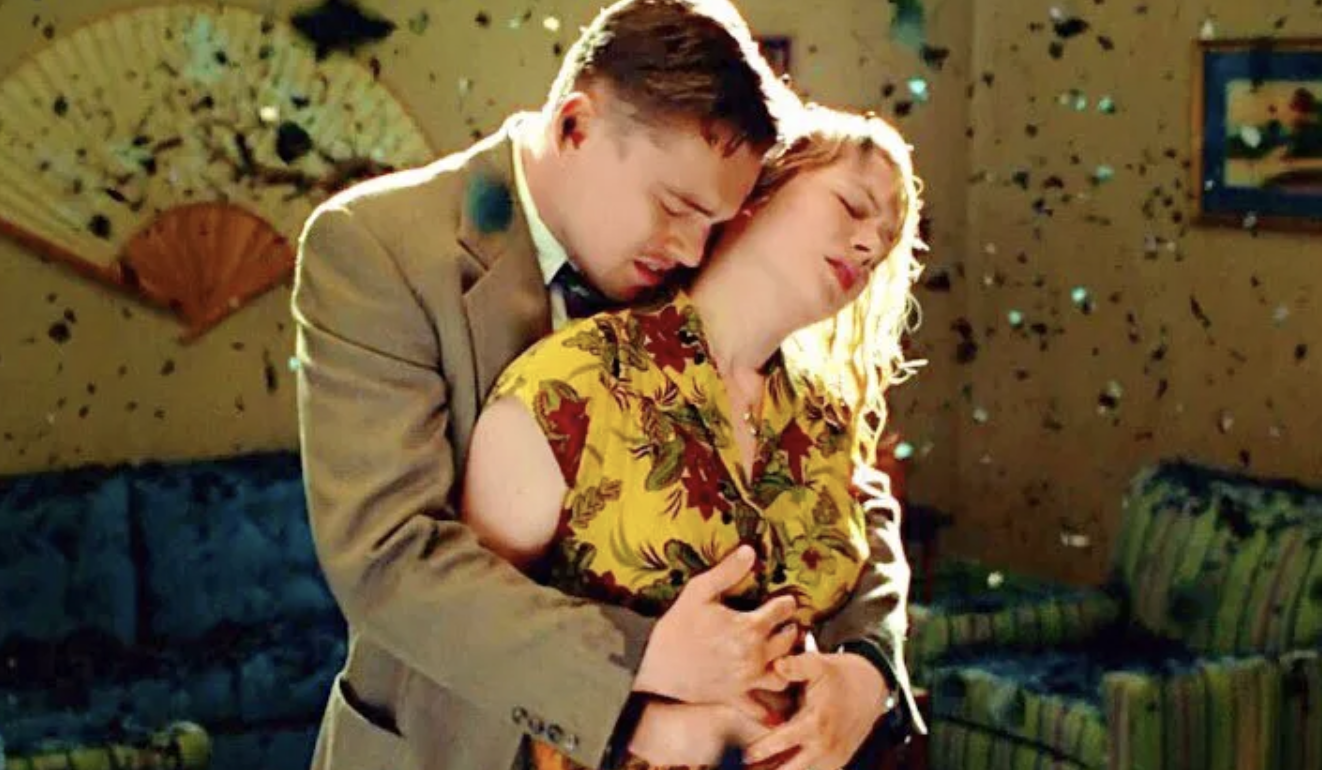
“Shutter Island” isn’t your run-of-the-mill thriller; it’s a mind-bending ride with a love story that’ll tug at your heartstrings. Leonardo DiCaprio teams up with Mark Ruffalo as detectives solving a mystery on an asylum on Shutter Island.
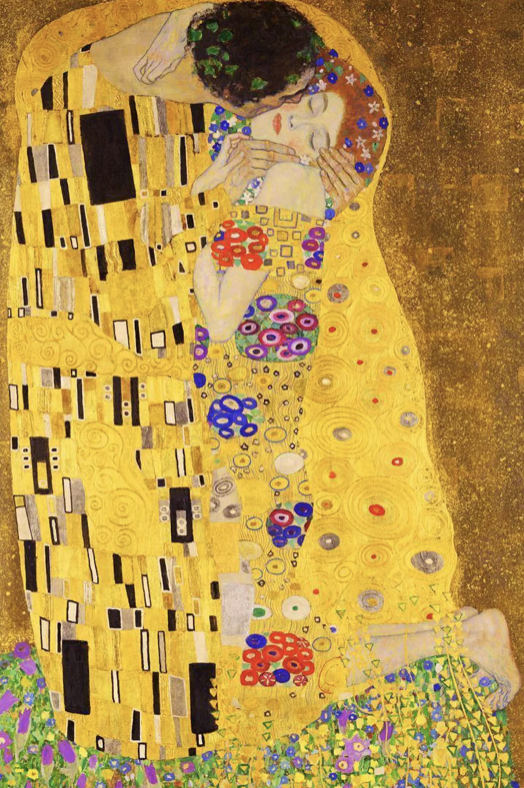
As the plot thickens, the island starts revealing its dark, creepy secrets, and DiCaprio’s character has to not only deal with the asylum’s enigmas but also face some deep-down fears and truths he’s been dodging. During the climax of the film DiCaprio holds his partner, played by Michelle Williams, as she slips into her own world of reality and delusion.
This scene tips its hat to Gustav Klimt’s couples portrait painting, “The Kiss.” It’s like a mirror image of the artwork, with a guy cradling his lover as she surrenders to their love, all against a golden backdrop. The movie nails the same dreamy vibe as Klimt’s work, complete with glittery touches framing their passionate embrace. It’s a cinematic nod that adds layers of emotion to the story.
5. Barbie by Greta Gerwig
Inspiration from: “The Creation of Adam” by Michelangelo
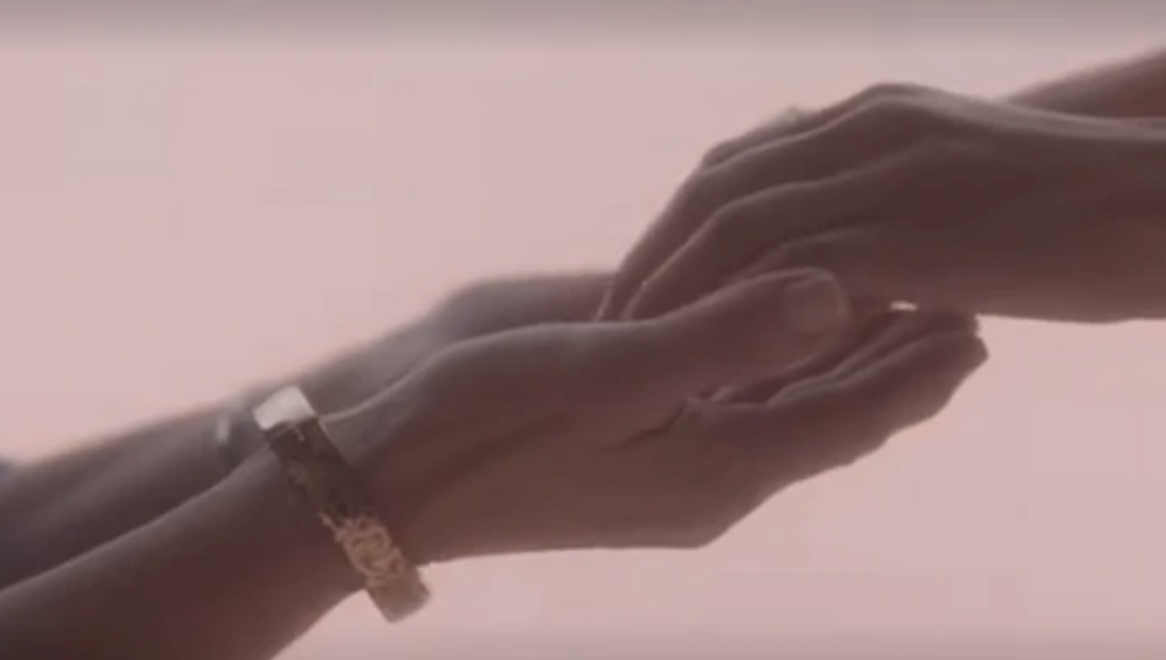
A new movie to add to the list of paintings that inspired movies is Barbie. In a chat with Variety Magazine during the movie’s premiere Margot Robbie shared her top moments in the film, one being a reference to Michelangelo’s “The Creation of Adam”.
“There’s a moment when Ruth Handler, the creator of Barbie, gives Barbie a cup of tea and our hands touch like ‘The Creation of Adam’ by Michelangelo, imitating the moment when God gives life to the first man. Greta snuck that in there.” – Margot Robbie.
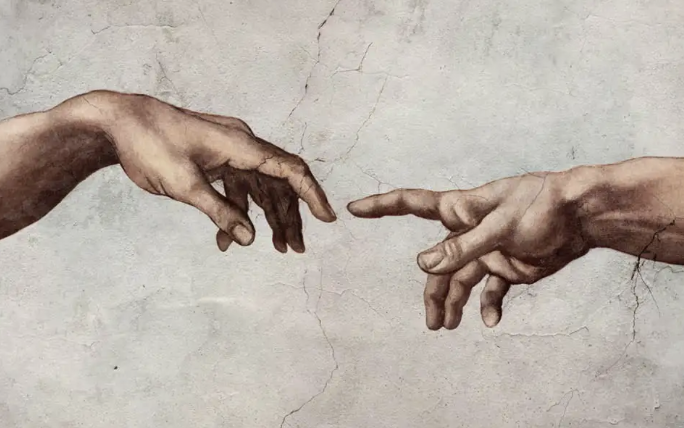
This unexpected and artful tribute added an extra layer of depth and meaning to the film, leaving audiences in awe of the director’s ingenuity and elevating the movie to a whole new level of brilliance.
6. Melancholia by Lars von Trier
Inspiration from: “Ophelia” by John Everett Millais
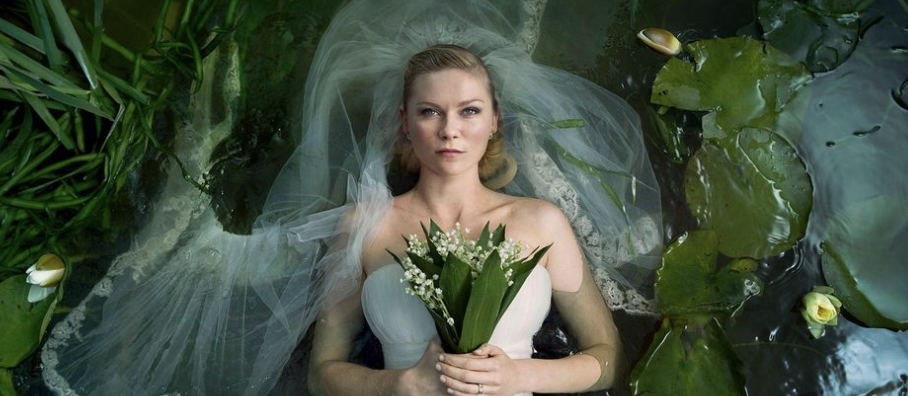
Another example of paintings that inspired movies is “Melancholia.” The film borrows heavily from John Everett Millais’s “Ophelia” throughout its prologue. The movie delves into the lives of two sisters as they grapple with an impending doomsday.
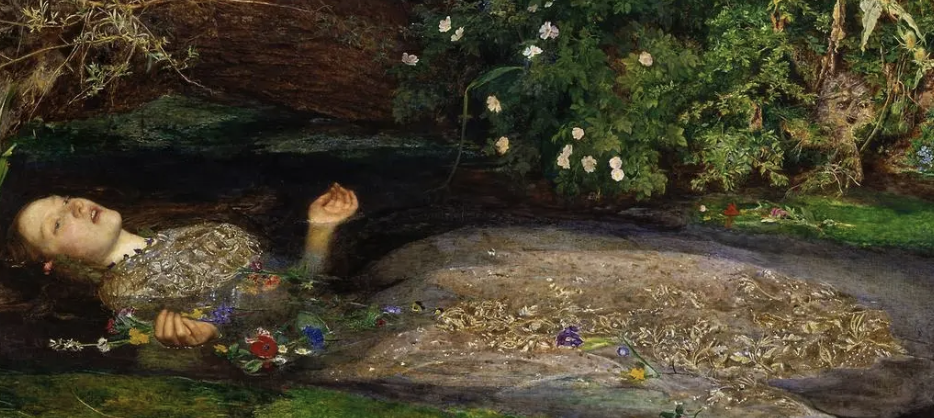
The painting of Ophelia originally stems from William Shakespeare’s “Hamlet,” where Ophelia, unaware of the impending danger, sings while floating in a stream as she approaches her tragic end. The imagery and themes from the painting is echoed in “Melancholia”. Kristen Dunst’s character floats in a slow-moving stream, clad in her wedding gown. The scene channels similar themes of beauty and mortality, as both the characters in the movie and the painting edge closer to their respective conclusions.
7. The Truman Show by Peter Weir
Inspiration from: “Architecture au clair de lune” by René Magritte
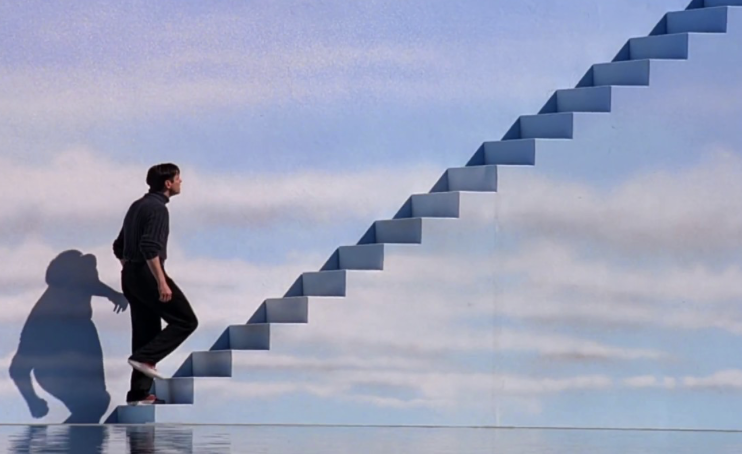
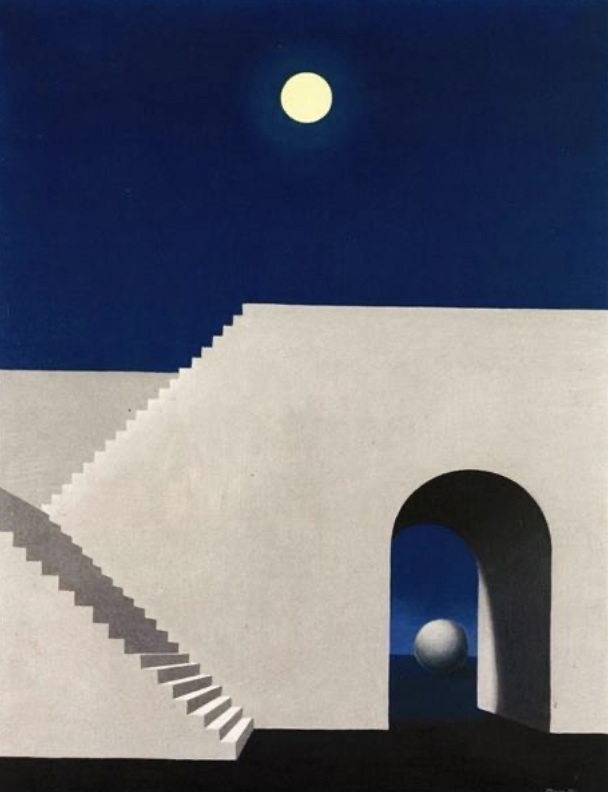
“The Truman Show” takes inspiration from the dreamlike world found in René Magritte’s paintings, especially in its climactic moments. The movie tells the story of a man raised in isolation, completely unaware that his life is the centre of a reality TV show. In a twisted turn of events, Truman becomes famous for his sheer ordinariness but eventually decides that living a genuine life is more important than being a spectacle. The film explores themes like the culture of reality television and delves into the Godlike power held by the show’s producer.
Towards the end, Truman makes a daring escape from his fake reality and climbs a staircase to unlock the door to the outside world. This pivotal scene draws its inspiration from René Magritte’s “Architecture au clair de lune,” where a white staircase stands out against a moonlit sky. Magritte was known for taking everyday objects and placing them in surreal settings, blurring the lines between reality and imagination.
8. Scream by Wes Craven
Inspiration from: “The Scream” by Edvard Munch
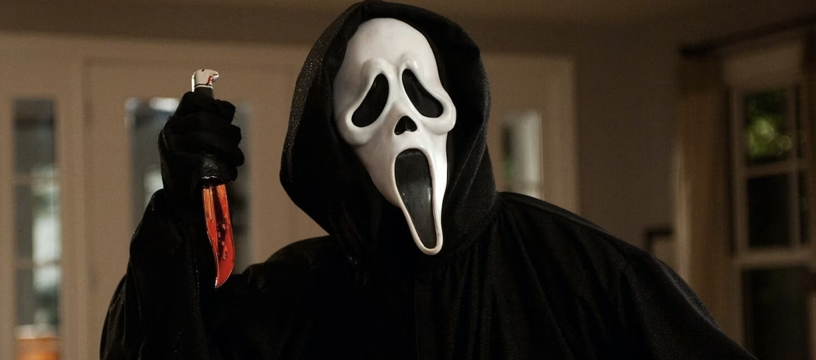
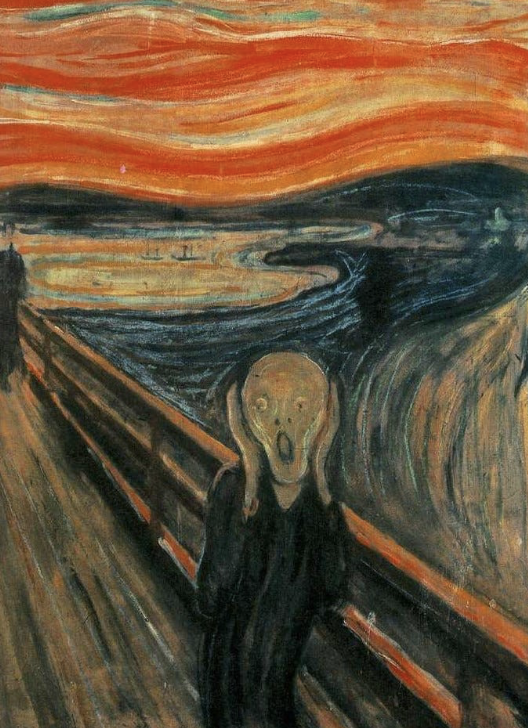
Another more obvious example of paintings that inspired movies is Scream. Wes Craven’s legendary slasher-horror takes a page from the book of Norwegian Expressionist artist Edvard Munch, who happened to be Craven’s personal favourite. Munch’s renowned Modernist masterpiece, “The Scream,” was the source for the infamous masked killer in “Scream”. The painting features an ambiguous face that radiates chaos and fear, amplified by the painting’s anxiety driving yellow and red tones in the sky above.
Craven channels this chaotic and fear-laden energy from the painting through the Ghostface mask, which has become synonymous with the “Scream” franchise.
9. The Dark Knight by Christopher Nolan
Inspiration from: “Head VI” by Francis Bacon
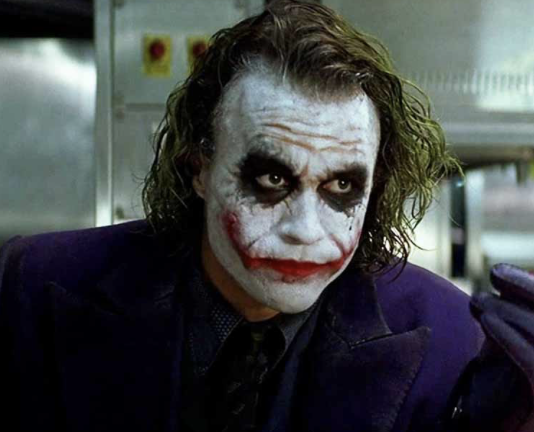
Christopher Nolan’s 2008 masterpiece is most celebrated for Heath Ledger’s unforgettable performance as the Joker. Ledger’s portrayal of the vicious villain was truly exceptional. What some fans don’t know is that the creation of the Joker came from paintings that inspired movies. Specifically, from one of Nolan’s favourite artists, Francis Bacon and his artwork “Head VI.”
“Head VI” captivated Nolan with its raw, chaotic energy, its striking purple tones, and its bold, smeared colours. It was this painting that inspired him and Ledger to infuse the Joker’s appearance with the same sense of wild disarray. From the character’s chaotic makeup to his purple attire, Nolan drew directly from the essence of “Head VI.” This untamed and disheveled aesthetic served as a brilliant reflection of the Joker’s volatile and unpredictable nature.
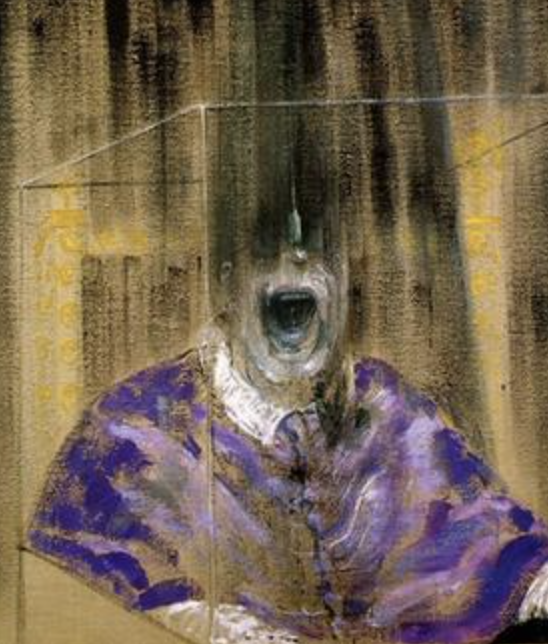
10. The Adventures of Baron Munchausen by Terry Gilliam
Inspiration from: “The Birth of Venus” by Sandro Botticelli
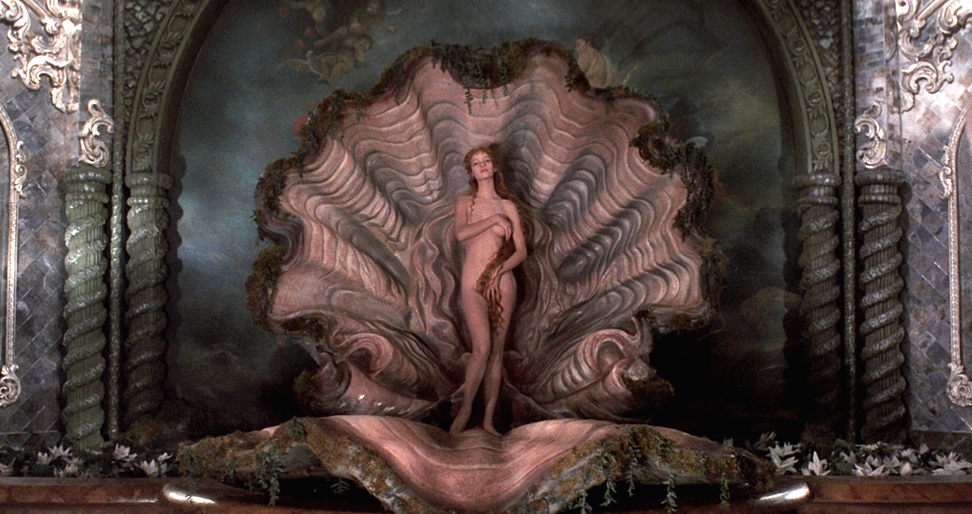
“The Adventures of Baron Munchausen” is a visually stunning and whimsical fantasy film directed by the imaginative Terry Gilliam. One scene in particular takes inspiration from “The Birth of Venus,” which is known for its depiction of the goddess Venus emerging from the sea, carried to the shore by a seashell.
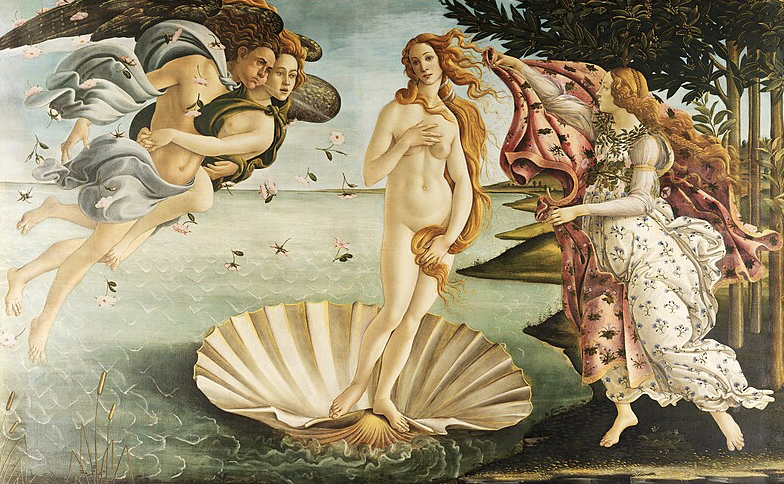
In the film, the character Venus, portrayed by Uma Thurman, is brought to life in a similar manner, emerging from the sea atop a giant clamshell, mirroring the classical art piece. This visual reference is just one of many fantastical and surreal elements in the movie, which is filled with Gilliam’s trademark dreamlike storytelling.
“The Adventures of Baron Munchausen” explores the whimsical and absurd adventures of the titular character, who embarks on a series of extraordinary escapades. The film seamlessly weaves together reality and fantasy, creating a visual and narrative feast for the audience.
Check out top-rated local artists near you!
Are you an artist ? Sign Up











